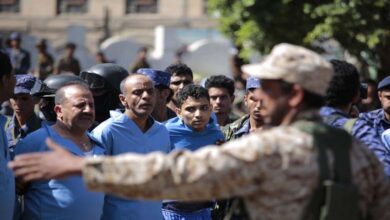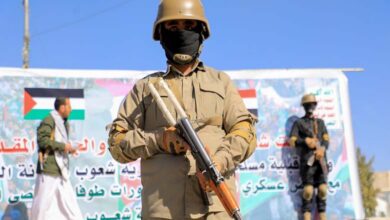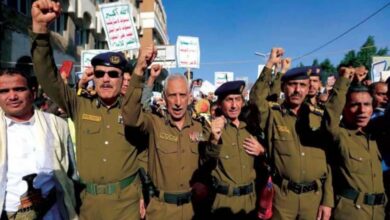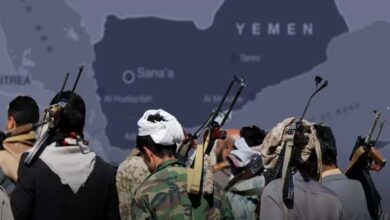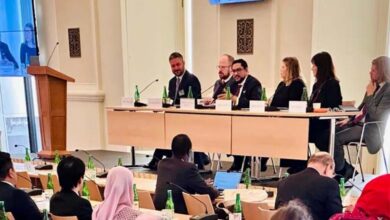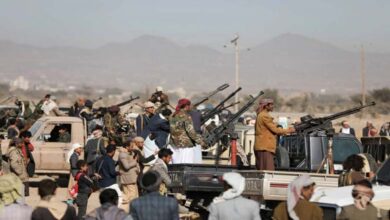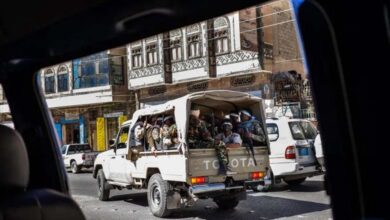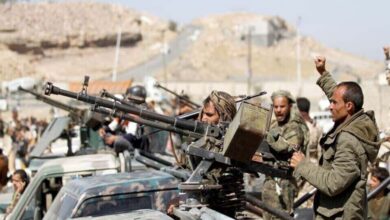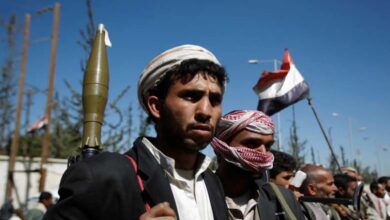Saudi Arabia and the UAE: Historical relations and a common destiny
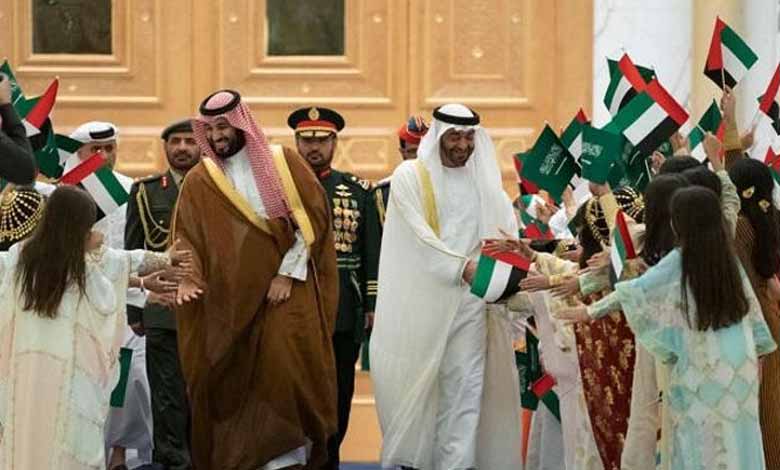
The Kingdom of Saudi Arabia celebrates today its 91st National Day (Unification of the Kingdom Day), which falls on September 23 every year.
The celebration comes in an atmosphere of friendliness, cohesion, fraternity, cohesion and solidarity with the United Arab Emirates, where their relationship is exemplary, deeply rooted in history, and is bound by the bonds of blood and common destiny.
The foundations of the brotherly relationship between the United Arab Emirates and Saudi Arabia were established by the late Sheikh Zayed ben Sultan Al Nahyane, together with his brother, the then King of the Kingdom of Saudi Arabia, Fayçal ben Abdelaziz Al Saoud, who was blessed for their wealth. In time, relations between Saudi Arabia and the United Arab Emirates developed remarkably in the political, military and economic fields, thanks to the vision of His Highness Sheikh Khalifa ben Zayed Al Nahyane, Head of State, may God protect him, and his brother, Custodian of the Two Holy Mosques, King Salmane ben Abdelaziz Al Saoud, and their common goals and their mutual keenness to communicate, exchange views and coordinate efforts.
Relations have developed and strengthened in joint coordination, strategic cooperation, integration, unity in issuing many resolutions, and discussion of many common regional and international issues and topics, as well as the partnerships between the two countries, which culminated in the signing of the agreement establishing the Saudi-Emirati Coordination Council, which benefits the GCC countries, and the peoples of the Arab region as a whole, not only the UAE and the Kingdom, who are always keen to confirm their interdependence, with the same approach and the same pursuit for the benefit of their peoples, tweeted Sheikh Mohammed ben Zayed Al Nahyane, Crown Prince of Abu Dhabi, Deputy Supreme Commander of the Armed Forces, on Twitter: “The partnership between the UAE and Saudi Arabia is strong and ongoing for the benefit of both countries and the region.”
Largest Partners
In February 2017, Abu Dhabi hosted the extraordinary joint Gulf of Determination meeting, as a first step in activating the terms of the agreement signed between the two countries by establishing the Saudi-UAE Coordination Council and developing a long-term roadmap to be the ideal model for cooperation and integration between countries. Riyadh hosted the meetings of the Second Group of the Gulf of Resolve on April 13, 2017, with the participation of more than 200 officials from the two governments, experts in various sectors, and representatives of the private sector.
On June 7, 2018, the first meeting of the Saudi-UAE Coordination Council was held in Djeddah, in the presence of His Highness Sheikh Mohammed ben Zayed Al Nahyane, Crown Prince of Abu Dhabi and Deputy Supreme Commander of the Armed Forces, along with his brother Prince Mohammed ben Salmane ben Abdelaziz Al Saoud, Crown Prince and Deputy Prime Minister and Minister of Defense of the sisterly Kingdom of Saudi Arabia. During the meeting, the UAE and Saudi Arabia raised the level of bilateral relations to unprecedented levels, and included a common vision of economic, development and military integration between the two countries through 44 joint strategic projects within the “Strategy of resolve”, worked on by 350 officials from both countries, from 139 governmental, sovereign and military entities.
The Saudi-UAE Housing Council is one of the initiatives of the Saudi-UAE Coordinating Council. One of its tasks is to launch new initiatives, such as the establishment of the Saudi-UAE Virtual Technical College, which aims to provide virtual training through an interactive environment that employs smart e-learning applications and its various philosophies, and to achieve the goals of the modern educational system that supports lifelong learning. It is also to discuss the launch of an annual joint meeting between the two countries in the field of technical and vocational training, to develop relations between academic bodies in the field of technical and vocational training between the two countries, and the signing of the joint operational cooperation program with the Abu Dhabi Center for Education and Technical and Vocational Training.
Commercial and economic
The UAE is one of Saudi Arabia’s most important trading partners in the Arab world, as well as in the Gulf Cooperation Council countries. The total value of Saudi imports from the UAE in the first half of 2016 reached 11 billion riyals, while Saudi exports to the UAE totaled 6 billion riyals and the volume of trade exchange is estimated at 22 billion riyals.
Trade between the two brotherly countries reached about 72 billion Saudi riyals in 2018. The UAE is at the top of the list of the Gulf countries exporting to Saudi Arabia. It is also at the forefront of the Gulf countries receiving exports from Saudi Arabia, and ranks high on the list of the top 10 countries from which the Kingdom imports. Saudi investments in the UAE exceed 35 billion dirhams. More than 236 Saudi companies registered with the Ministry of Economy and 66 trade agencies operate in the UAE. The number of Saudi projects in the UAE is 206, in contrast to the joint Emirati projects in Saudi Arabia, which amount to 114 industrial and service projects, with capital of 15 billion riyals. A UAE-Saudi consortium led by the Emirati company Emaar was formed in alliance with Saudi companies to execute the project on the Red Sea coast.
The touristic period
In addition, tourism between the two countries plays a role in strengthening trade and economic ties between them, in terms of providing investment opportunities and attracting more joint projects, in order to diversify the economic and commercial base of the two countries, especially with the allocation of huge sums for the next ten years by the United Arab Emirates for the development of this sector. Other than that, Saudi Arabia has an embassy in Abu Dhabi, a consulate in Dubai, the United Arab Emirates has an embassy in Riyadh, and a consulate in Djeddah, Saudi Arabia.
The Saudi market ranked second among the most important tourism markets in the United Arab Emirates for 2018 in terms of the number of hotel guests from outside the country, amounting to two million in 2018, an increase of two percent over 2017. The number of tourists visiting various Saudi destinations from the United Arab Emirates in 2018 reached 740,000, who spent nearly four million nights and 2.9 billion Saudi riyals. In a new step towards further cooperation and integration in the tourism sector, coordination is currently under way between the two countries to issue a joint visa to enable visitors from Saudi Arabia and vice versa.
National carriers in both countries operate about 651 flights a week, with an average of 15 minutes per two-way flight. Of these, 468 are for Emirati national carriers and 183 are for Saudi Arabian airlines. Occupancy rates on these flights reach high levels, which in peak times require more two-way flights to meet the increasing demand of passengers.
Cultural relations
Cultural relations between the two countries reflect the extent of the geographical and social ties between the two peoples. These relations have been strengthened through various channels, most notably in the education sector, which at the beginning saw students traveling to Saudi Arabia to attend schools in Mecca, Al-Ahsa and Riyadh. Universities and institutes in the United Arab Emirates today receive a large number of Saudi students. Cultural relations between the two countries have varied, both in the establishment of numerous agreements and joint programs, and in the level of cultural interaction between the university institutions working in this regard and the creative and educated of the two countries.
The draft agreement to establish the UAE-Saudi Parliamentary Friendship Association, which is the first friendship association established by the Federal National Council since its establishment nearly five decades ago, comes with a parliamentary institution worldwide. The agreement aims to strengthen the bonds of friendship, understanding and cooperation, to strengthen the foundations of joint cooperation in the fields of parliamentary work, to exchange opinions and advise in the field of parliamentary diplomacy, especially in international and regional forums and joint forums, and to strengthen the frameworks of bilateral relations.
Joint stand
The depth of UAE-Saudi relations cannot be seen without mentioning the joint stance in Decisive Storm, which was launched on March 26, 2015, to restore legitimacy to Yemen. The UAE was Saudi Arabia’s first supporter in Yemen, as was the case with the first ground incursion to suffocate Houthi militias in the temporary capital Aden five years ago.
The two countries have been closely allied in Yemen – militarily, politically, and humanely – since Operation Decisive Storm began six years ago. Emirati forces, along with Saudi forces, have contributed mainly to the recovery of more than 80 percent of Yemeni territory and securing the majority of the western Red Sea coast from Houthi terrorism targeting shipping lines.


